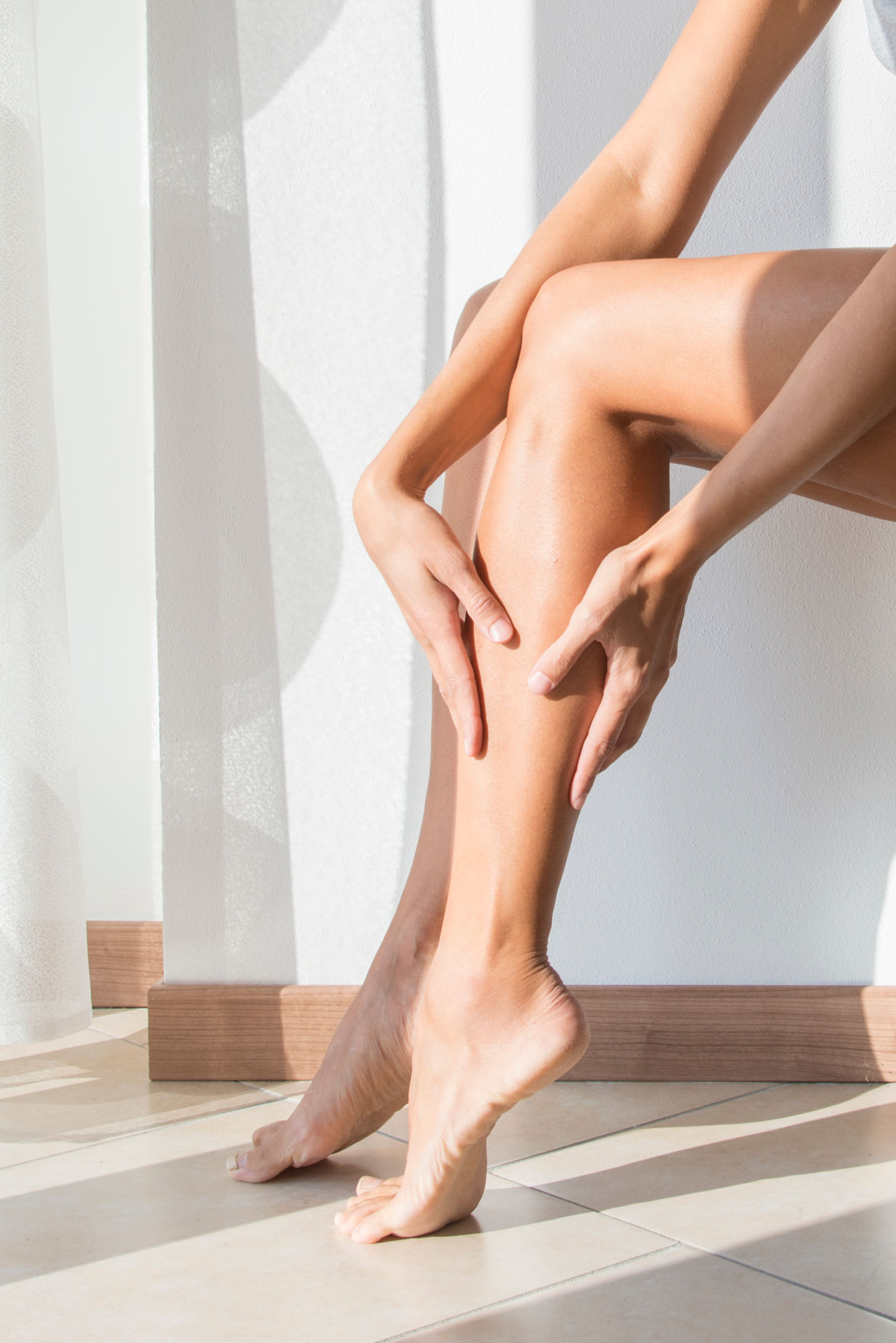Expert Tips for a Pain-Free Waxing Experience
Preparing Your Skin for Waxing
One of the key aspects of a pain-free waxing experience is proper preparation. Start by gently exfoliating your skin a few days before your appointment. This helps remove dead skin cells and allows the wax to adhere better to the hairs, reducing the risk of ingrown hairs.
Additionally, make sure your hair is at the optimal length for waxing, which is typically about a quarter-inch long. If it's too short, the wax may not grip the hair effectively; too long, and it can be more painful to remove. Trim if necessary to achieve the best results.

Choosing the Right Wax
Not all waxes are created equal. Choosing the right type of wax can significantly impact your experience. Hard wax is often recommended for sensitive areas such as the bikini line and underarms, as it adheres to the hair rather than the skin, making it less painful.
On the other hand, strip wax is more suitable for larger areas like legs and arms. It's crucial to consider your skin type and any allergies when selecting a wax to ensure a comfortable and effective session.
The Importance of Timing
The timing of your waxing session can also influence your comfort level. Avoid scheduling your appointment during your menstrual cycle when your skin is more sensitive. Opt for a time when you feel most relaxed and calm, which can help reduce perceived pain.
If possible, try to schedule your waxing sessions for late afternoon or evening when your pain threshold is generally higher. This simple adjustment can make a significant difference in your experience.

Tips During the Waxing Session
During the waxing session, communication with your esthetician is key. Don’t hesitate to let them know if you’re uncomfortable or if the wax feels too hot. A professional will adjust their techniques to ensure you have the most comfortable experience possible.
Deep breathing techniques can also be beneficial during waxing. Inhale deeply through your nose and exhale slowly through your mouth. This can help manage discomfort and keep you relaxed throughout the process.
Post-Wax Care
Proper post-wax care is essential in minimizing pain and maintaining smooth skin. Avoid hot showers, saunas, and excessive sweating for at least 24 hours after waxing to prevent irritation.
Apply a soothing lotion or aloe vera gel to calm any redness or discomfort. It's also important to continue exfoliating regularly to prevent ingrown hairs, but wait a few days after waxing to start exfoliating again.

When to Seek Professional Help
If you experience persistent redness, swelling, or any signs of infection after waxing, it's crucial to seek professional help. Your skin may need special treatment, and a dermatologist can provide guidance on how to care for it.
Additionally, if you're new to waxing or have sensitive skin, consider consulting with a professional esthetician before attempting at-home waxing kits to avoid any mishaps.
Embrace Consistency
One of the secrets to a less painful waxing experience is consistency. Regular waxing sessions can lead to thinner and sparser hair growth over time, making each session more manageable. Stick to a regular schedule, usually every four to six weeks, depending on your hair growth rate.
Consistency not only reduces pain but also helps maintain smoother skin in the long run, making it well worth committing to a waxing routine.
Final Thoughts
By following these expert tips, you can enjoy a smoother, more comfortable waxing experience. Remember that everyone's pain threshold and skin sensitivity differ, so it's essential to find what works best for you. With the right preparation, technique, and post-care routine, you can achieve optimal results with minimal discomfort.

